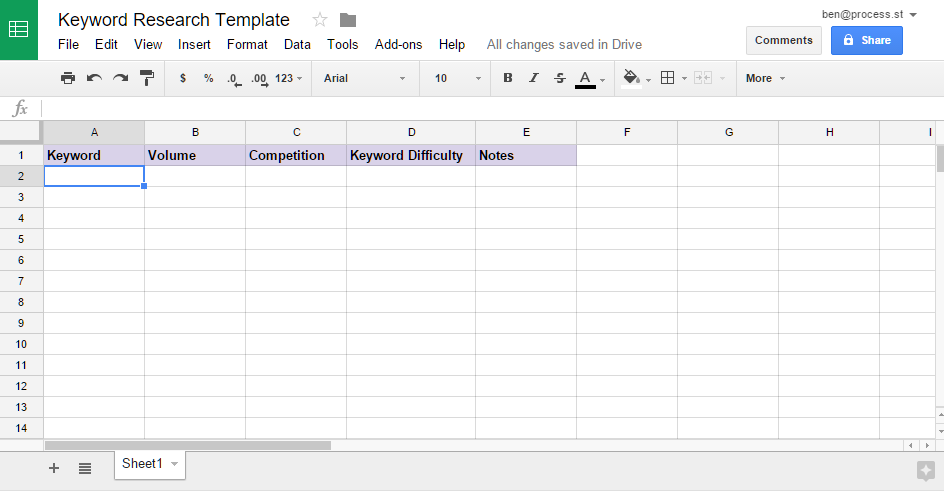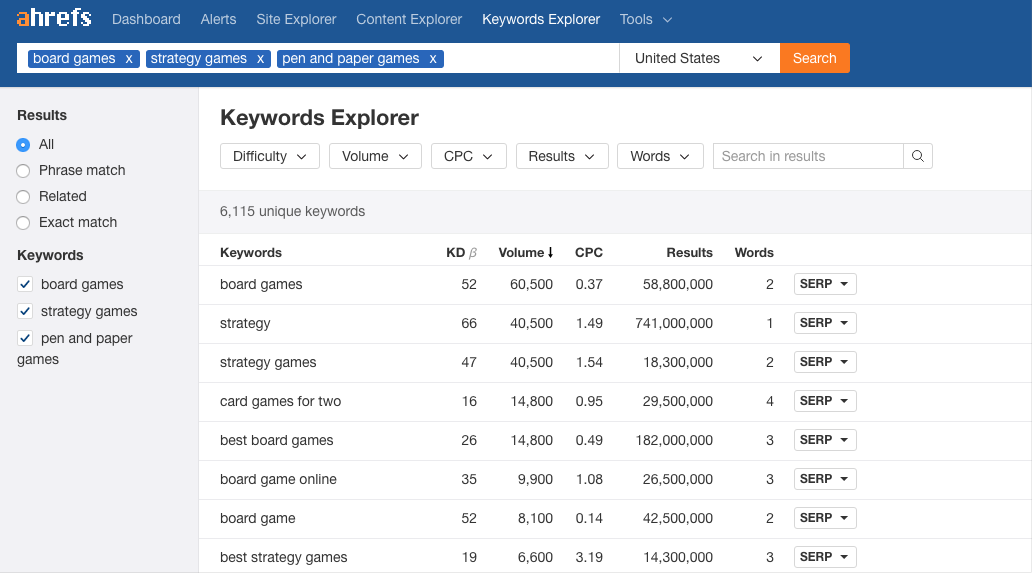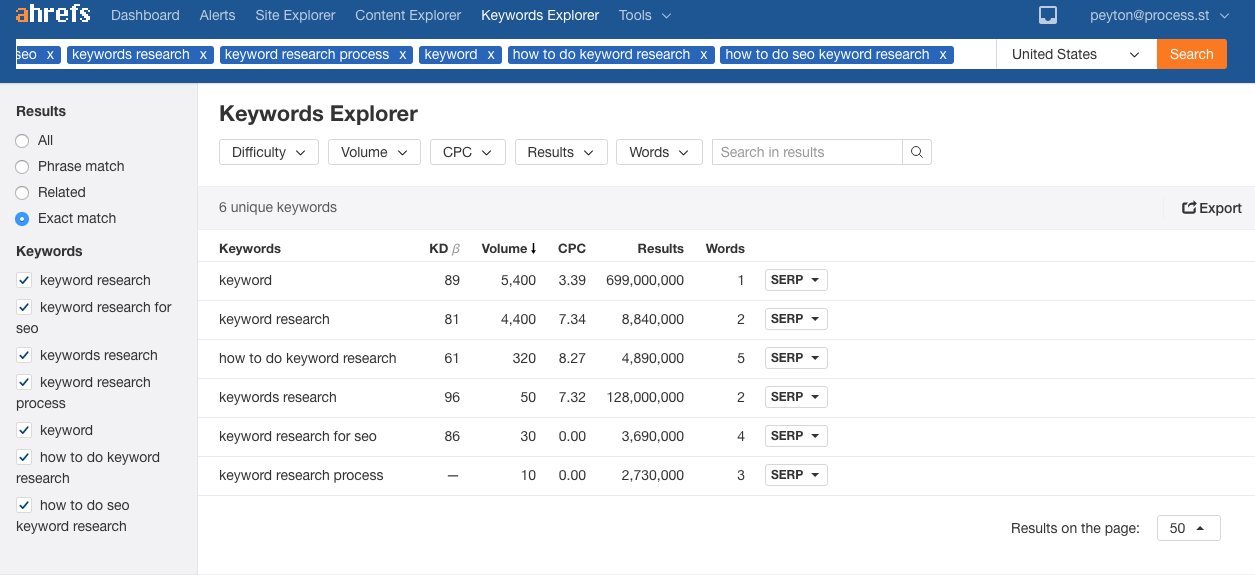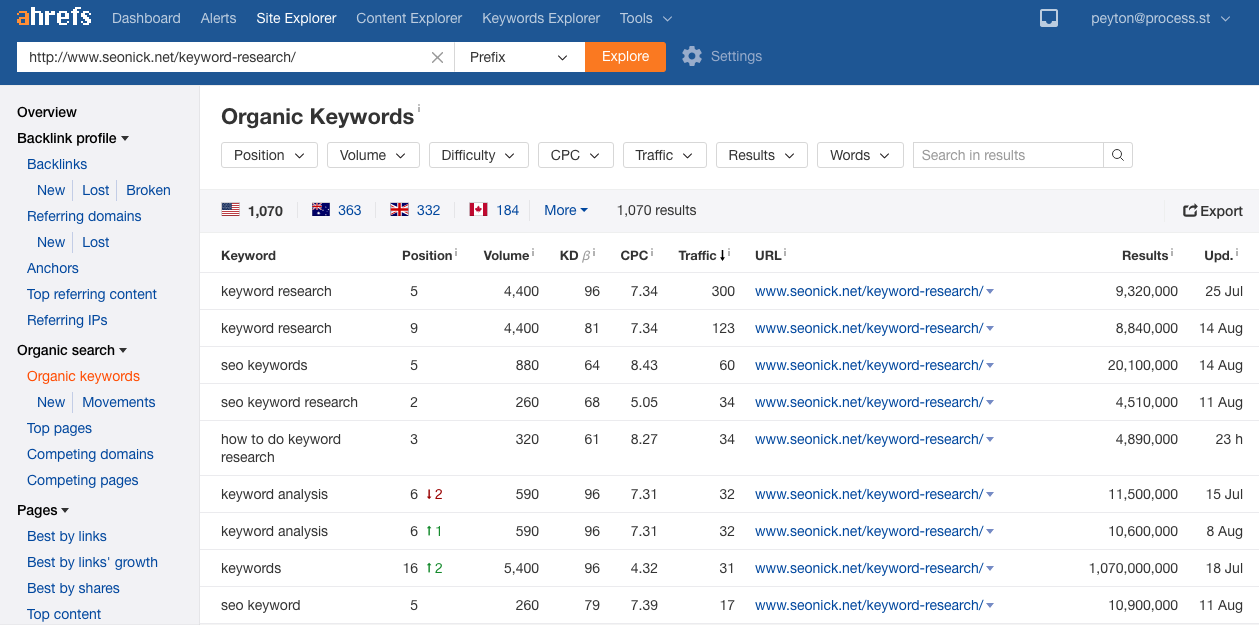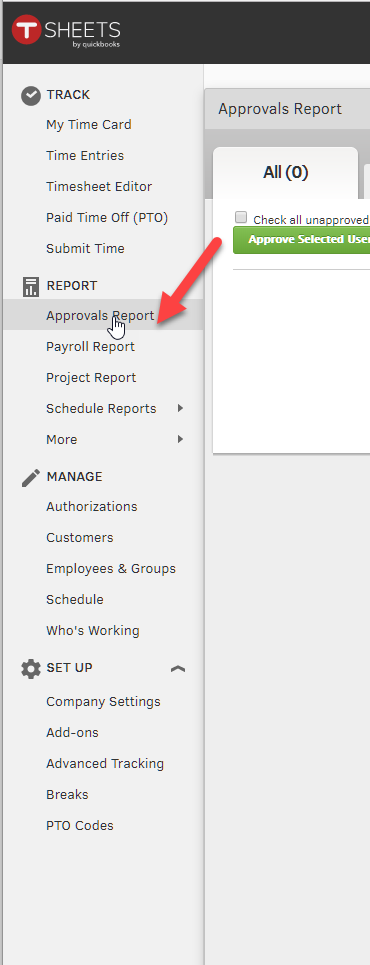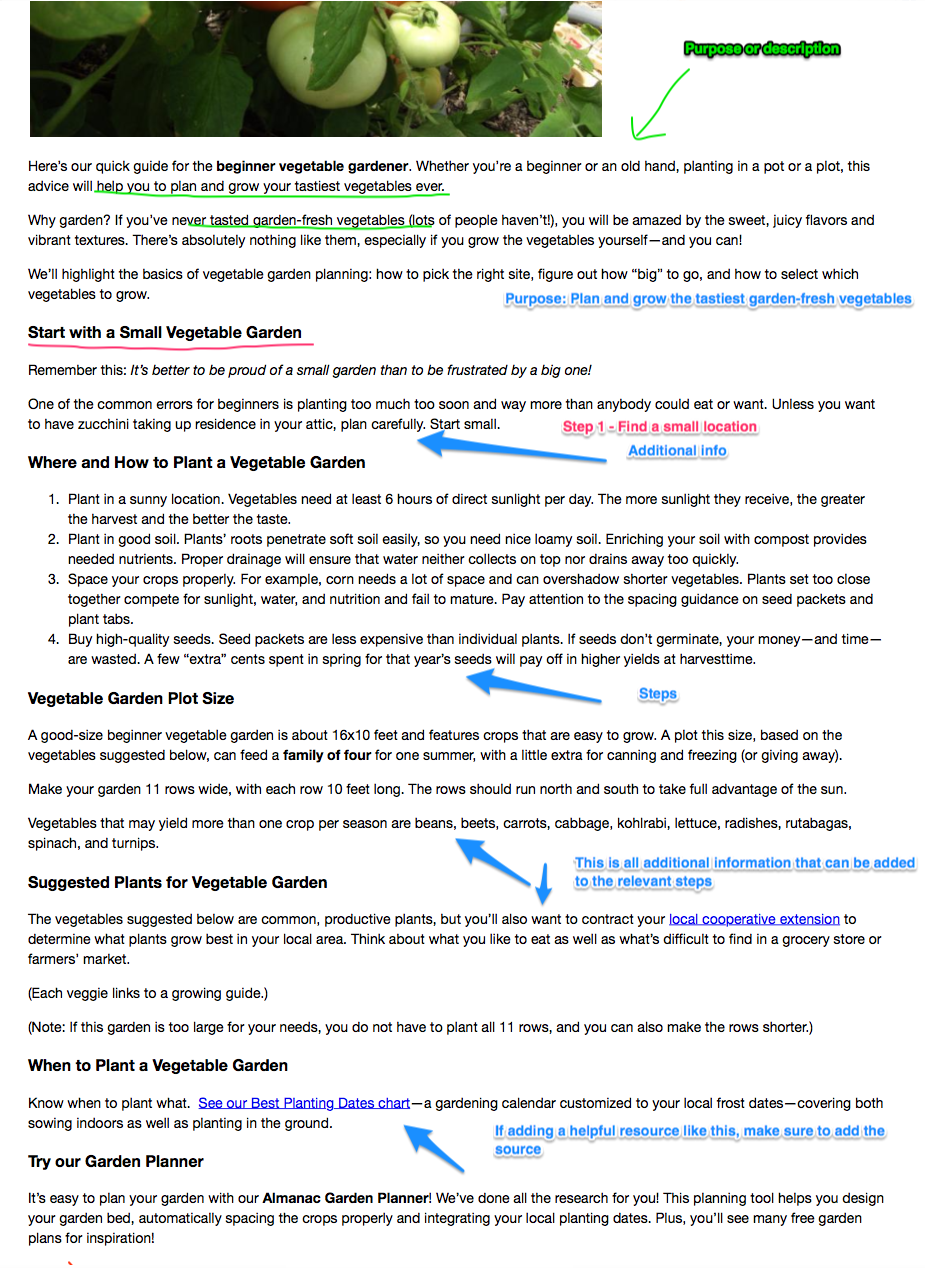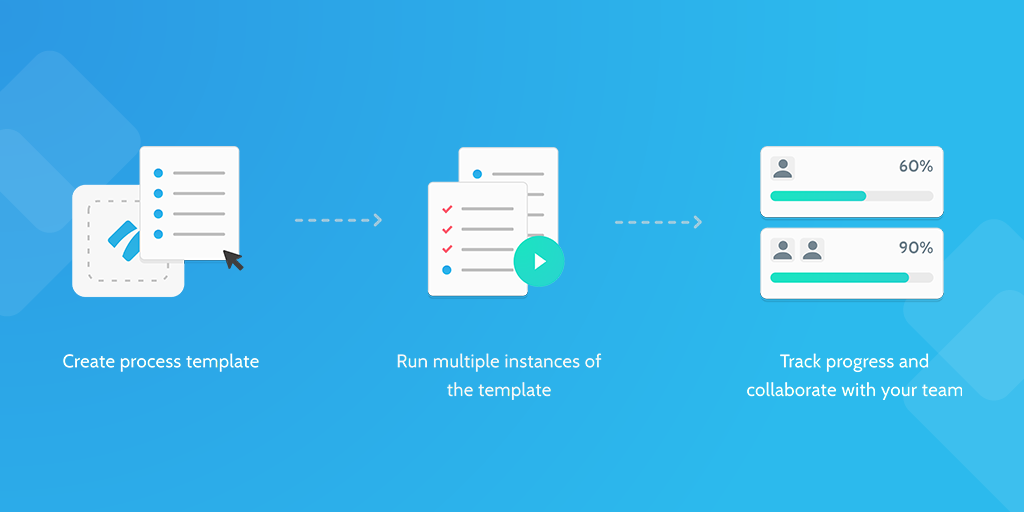Keyword mastery is an art; the steering force behind your SEO campaigns. It dictates the content you write, the marketing strategies you deploy, and is a crucial component in enabling the success of your business.
Keywords also help you to understand the needs and desires of your target audience, providing back-doors into high-traffic SERP rankings and offering a variety of competitive vantage points.
It's clear that keywords are important. Why, then, is so little emphasis put on the keyword research process? You wouldn't run a targeted Facebook ad campaign based on a gut feeling, so why skimp on such an important part of your SEO strategy?
This checklist runs through a robust process for keyword research, that you can use, re-use, and modify for your own specific needs; by the end of this checklist, you'll have covered all of the most important aspects of any good keyword research process.
Let's get started.


